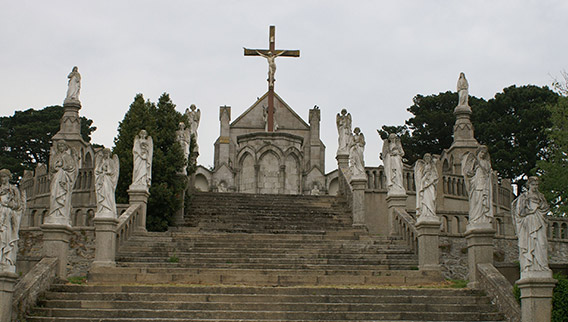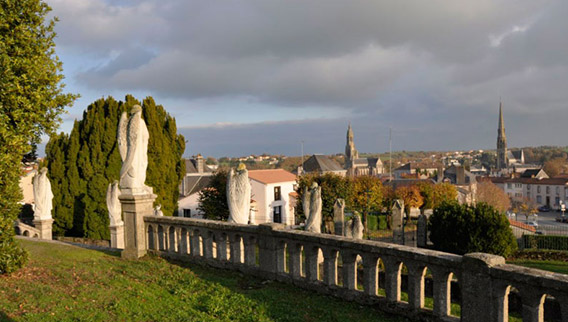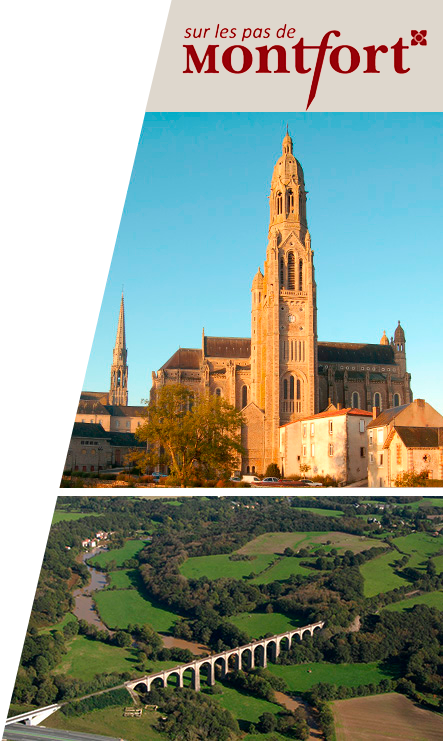Between 1701 and 1716, Father de Montfort preached his missions in western France.
This lover of the cross visited families, conversed with young people and helped the destitute. He even wrote hymns set to the tunes of popular songs to help even the most reluctant to turn to God.
He preached, he instructed, he exorcized and he heard confession with equal kindness and simplicity.
When he saw places of worship damaged, Montfort rallied local volunteers of goodwill and undertook the necessary repair work. This was the case at the Chapel on the Ile d’Yeu and the churches in La Garnache and Sallertaine, and many other devotional buildings.
For each of his missions, Montfort organized a procession of local people dressed in long robes and capes, carrying banners and pennants. These periods of meditation often preceded an act of faith dear to the heart of the priest: the renewal of baptismal vows.
Celebrations such as these often marked the end of a mission, and once they were over, Montfort would encourage the faithful to erect a cross or perhaps a Calvary.
The larger and more visible the cross, the happier the missionary became !
This fact explains the magnificent and monumental Calvary of Saint-Laurent, although it is not the largest instigated by Montfort.
Perhaps the most remarkable of all is the Calvary at Pontchâteau, erected.
On one of the pilgrimage routes to the cathedral of St James in Santiago de Compostela. Construction of this Calvary began in 1709, and lasted 15 months !
Fifteen months of hard labor, at the end of which King Louis XIV ordered the whole construction destroyed on the day before its blessing.
The order was applied by Montfort with as much dedication as went into its construction.
Nevertheless, after many subsequent destructions and reconstructions, that Calvary is still there ! The faithful have kept faith by reconstructing it, and even enlarging it, inspiring other similar constructions, such as the Calvary at Challans.
Today, the site of the Calvary at Pontchâteau includes a 14-hectare park, a grotto and frescoes… and still retains the unbelievably large crosses that make it so impressive.



